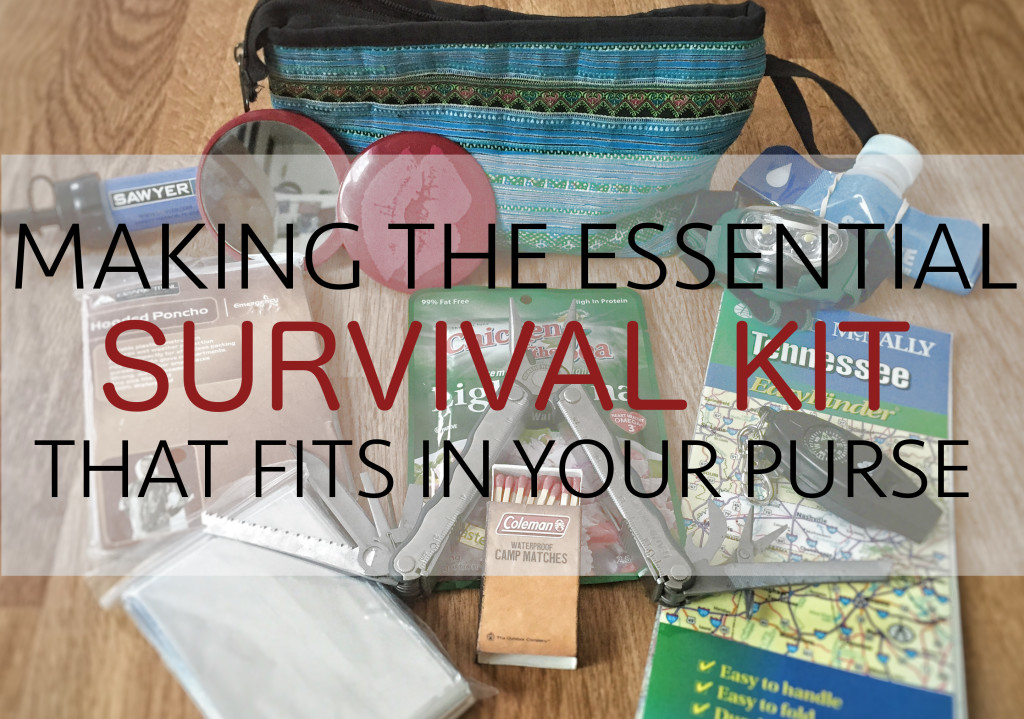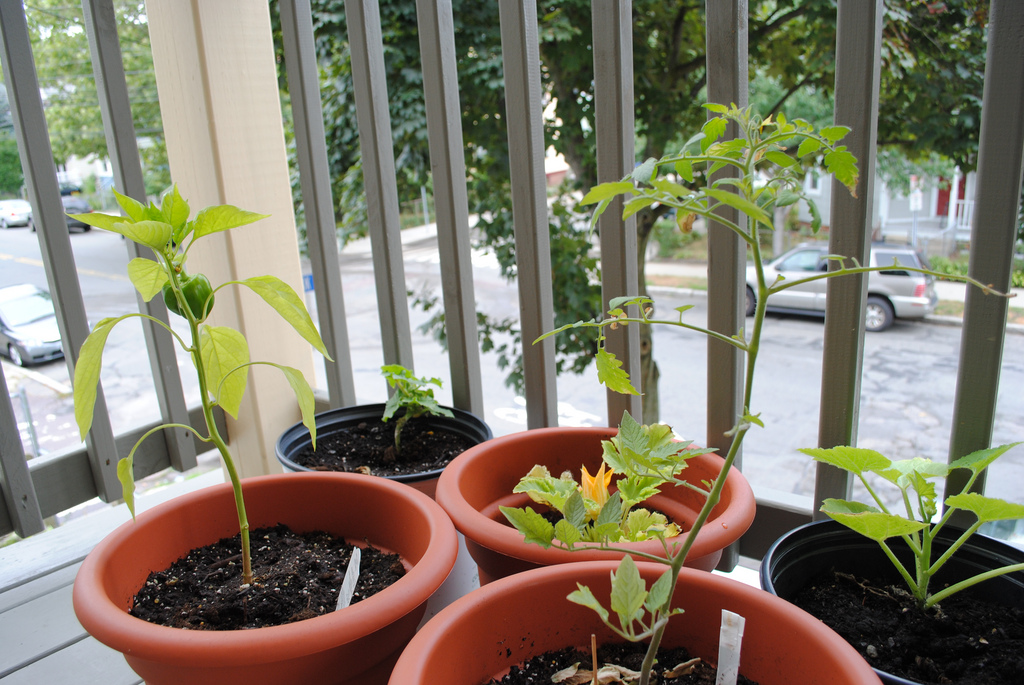What is a “Get Home Bag”?
A Get Home Bag is a bag with contents you would need to survive in order to make it home from work, school, or any place that isn’t home.
A “Get Home Bag” also assumes that public transportation, convenience stores, and major roadways will be chaotic and overrun. Depending on what time of catastrophe occurs, ATMs, internet and cell phones may not be working.
When SHTF or disaster strikes, you will want to get home as quickly as possible and, if you generally stay within 10 miles of home, you will not need a lot of supplies to make it back. A Get Home Bag should have the bare minimum.
Your “Get Home” bag should be 100% packed and ready to go in the event of SHTF. The biggest advantage you can have when catastrophe strikes is being one of the first to realize what’s happening.
Choosing a Get Home Bag
I’ve said it here before — a backpack that looks tactical is making yourself a target. Think about your environment and the type of pack that would look most normal under ordinary circumstances.
Bike messenger bags, canvas backpacks, laptop backpacks, or even a large fanny packs would serve the purpose, depending on your needs and how far from home you are on a daily basis.
The Get Home Bag Checklist
After refining my strategy for the past three years and doing continuous research, this is the list of items I keep in my Get Home Bag (with the exception of a foldable bike — that is still on my wish list.)
Alternate Transportation
This is optional, but could make a huge difference depending on your situation. If a solar flare or EMP hits and cars are useless and you’re in the middle of a city, having the ability to get out quickly will be to your advantage. A great solution is a fold-up bicycle that can fit nicely into the trunk of your car (I recommend getting a sturdy, fold-up mountain bike with 18-21 speeds so that the bike could also be used for bug out purposes).
Communication
- Hand-Crank Radio. Having a hand-crank radio will pick up weather and government alerts. The model that I have also comes with a flashlight and USB charger.
- Two-Way Radio. If you and your spouse work within close proximity, it may be a good idea to have two-way radios on hand in the event of cell tower loss. This is also practical for unexpected power outages.
- Automatic Watch. This is an optional tool, but could be useful if you have rendezvous plans with someone or want to keep track of how much time has elapsed since whatever incident/calamity occurred.
Food & Water
You don’t need much food for a get-home bag, but having high protein snacks on hand to keep your energy levels up is important.
Here are some snack suggestions:
- Almonds
- Beef jerky
- Granola and/or granola bars
- Tuna fish
- Trail mix
For water, I have a Camelbak, Lifestraw, and two pre-packaged pouches of water with me.
Health
- Feminine Products. A menstrual cup and a pair of “period underwear”
will give peace of mind should calamity strike at an inopportune time of the month. (Compostable biowipes will clean up any messes.)
- First Aid Kit. A small and lightweight first aid kit is a practical investment for handling any non-serious incidents you may face while trying to get home. (And it’s a good idea to keep a first aid kit in the car, anyway.)
- Medicines. An extra day’s worth of doses for any medication that you take. (This could be an inhaler if you’re asthmatic, or insulin if you’re diabetic.) Be mindful to rotate this out regularly.
- Nuclear Fallout Preparation. Do you live or work near a nuclear power plant? In the event of fallout, Potassium Iodide — “KI” — will block your thyroid’s absorption of radioactive iodine. (Read the CDC’s recommendations about taking KI here).
Navigation
- Compass. A compass is a must-have for reading your map, regardless of how familiar you are with your area. You may need to take a back road, and when time is key, you don’t want to get lost heading in the wrong direction.
- Map. A detailed map of your state and city are vital, and planning a route around major arteries is a good idea. Also pinpoint areas of interest/concern in your area should the grid collapse, such as the aforementioned nuclear power plant along with regions that would likely be affected by fallout.
Shelter and Warmth
- Extra clothes, socks.
- Firestarters or Fuel Pouches. Have you ever tried to start a fire with nothing but the sticks that Mother Nature provides? It is tough and time-consuming. Firestarters or fuel pouches are very affordable will give you an extra advantage, especially if it’s damp.
- Lightweight rain jacket and/or poncho. Being wet can lead to hypothermia, even in temperatures above freezing.
- Lighters. Lighters are obvious, cheap, and quick fire-sources, and way more reliable than flint and steel.
- Mylar blanket. For an emergency source of warmth if you’re stranded in a chilly spot.
- Tarp. This will allow you to quickly string up a temporary shelter to get out of the elements.
- Waterproof shoes – Comfortable shoes that protect your feet against the elements will go a LONG way. Research different kinds of hiking boots — and by this I mean go to the store and try them on. (Tip: Once you’ve made your choice, see if 6pm.com carries your brand/size for a deep discount.)
Self Defense
- Pepper Spray. Being able to defend yourself as society is collapsing is key. Pepper spray bracelets are a good solution as they’ll be within reach while keeping your hands free.
- Sharp Keychain (check your state laws first!). Keys held in a closed fist will do the job, but for a sharper edge, I love the Cat Self Defense Keychain as a backup in close-combat situations.
Tools
- Boy Scout Handbook. There’s a lot of good and practical advice for survival in these pages. It may be too bulky to carry with you, but should be read in advance.
- Cash in small denominations. ATMs will likely be down. For potential bribes or unforseen purposes, plan on having $100 on hand.
- Dry Bags. A must for keeping food, fire-starting materials, and a change of clothes dry. (Amazon sells a set of 3 for $11.99.)
- Hatchet (check state laws). If you’ll be needing to camp overnight and build a fire, you will need a small hatchet or some way to chop up timber. (This is only a good idea if you’re in a wooded area, not the middle of Central Park.)
- Machete (check state laws). This is only of use if you live in an area where you may need to traverse through some thick brush or weeds.
- Multitool. I use my multitool on a regular basis for all kinds of things — the knife, scissors, wire cutters, and screwdriver are very practical. My go-to is the Leatherman Blast (discontinued), or the Leatherman Wingman.
- Paracord. There are a thousand uses for paracord and every survival website on the planet cites paracord as a top resource! Use it to string up your tarp, hang food bags to keep away from bears, attach tools to your bag, etc.
To my fellow survivalists, what would you add?



